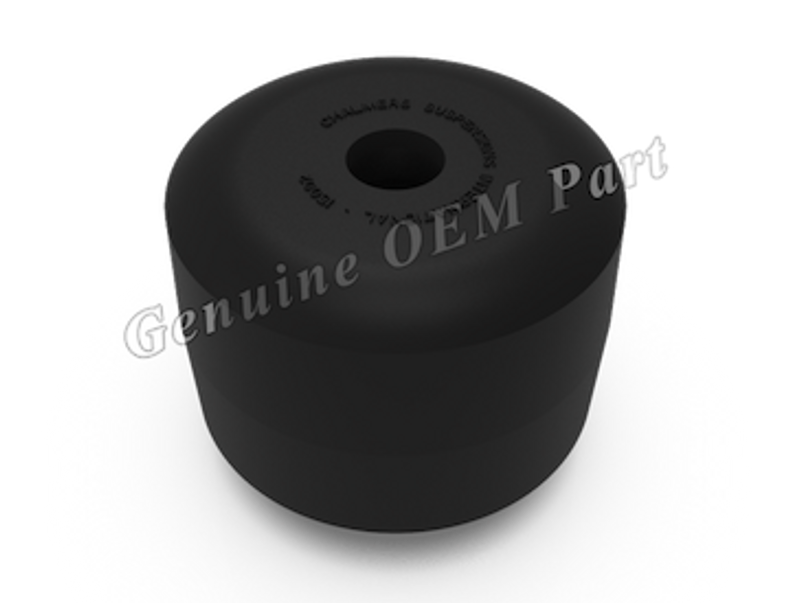Trucks are motor vehicles designed to carry specific cargo. Depending upon the payload, duty cycle, and landscape traversed, trucks have specifically designed body parts, the main being their suspension. The constant heavy-duty work carried out by trucks makes them prone to frequent servicing, which may often involve the replacement of certain mechanical parts.
However,
while doing so, one contemplates while making an important decision about a
replacement. Should the parts be made of rubber or polyurethane?
Materials used for making replacement parts
While deciding from the options available, the main thing to be taken into consideration is the advantages of the material used in the mechanical part to be replaced. The decision influencing the choice should be made with precision and clarity, keeping in mind the properties of the material used in making the mechanical parts, as well as all the benefits associated with the choice.
The two materials used widely in the manufacturing of automotive parts are the traditional rubber and polyurethane.
Rubber vs. Polyurethane
Polyurethane and rubber are the two widely used elastomeric materials in the manufacturing of products in many industrial sectors. Both have the same mechanical properties. However, they differ in terms of durability and performance.
In the automotive industry, rubber is widely used either by itself or after mixing it with other materials. The properties that make it useful are its high tensile strength, resistance to high temperatures, abrasion, and friction, water, and absorption of vibrations. These properties make it an ideal substance for making many useful vehicle components. In a vehicle, mechanical parts made from rubber not only help you enjoy a smoother and quieter ride but also are the original equipment from the manufacturer.
Polyurethane is a synthetic material made by linking several organic compounds called monomers; hence it is a class of polymers rather than a distinct compound. Polyurethane is most used while manufacturing foam seating, insulation panels, suspension insulators, bumpers, and other interior parts of a vehicle. Mechanical parts made from it have their own set of features, the apparent advantages being the lower cost and hard, inflexible nature of the product.
Both the substances are used in the various parts of trucks as also in their suspension.
Springs and the choice of construction material
All types of vehicle suspensions incorporate some sort of spring. The use of springs depends on the size and capacity of trucks as well as the cargo to be carried. Besides springs, the other integral components of truck suspension are linkages and shock absorbers.
However, rubber springs are said to be effective when compared to polyurethane. Hence the advantages or disadvantages of rubber springs or those made from cheap counterfeit material having a poly-plastic mix should be clearly understood.
Advantages of rubber springs when compared to polyurethane
There are multiple uses of rubber springs in a vehicle. They are of different shapes and sizes; moreover, they vary in firmness. Self-damping property, variable spring rate, space-saving, and noise insulation are some of the advantages obtained when springs made from natural rubber are used. Apart from this,
- Rubber springs can be as simple as thick rubber blocks, or they can come in more complex shapes incorporated with steel plates.
- Rubber is much more pliable than polyurethane and is a better choice for those looking for a more comfortably sprung suspension.
- Rubber springs perform better especially offroad and so they will eventually outlast polyurethane springs over time.
- Besides pliability, rubber is more effective in absorbing vibrations and has better dampening properties as compared to polyurethane.
- Rubber, when used as a spring on a vehicle’s suspension, reduces noise and provides a smooth ride by absorbing the road shock more than polyurethane.
- Rubber springs not only lay long but are maintenance-free too.
Therefore, the use of rubber components not only benefits the ride quality but the longevity as well as performance. For decades, rubber has been the automotive industry standard choice for making suspension components; however, the exact makeup of suspension components and rubber bushings differs depending on where the parts are used within the suspension system.
Get in touch with Truck Suspension-Parts for genuine OEM products offered at the best competitive prices. Contact us today to avail best deals on the suspension parts.


